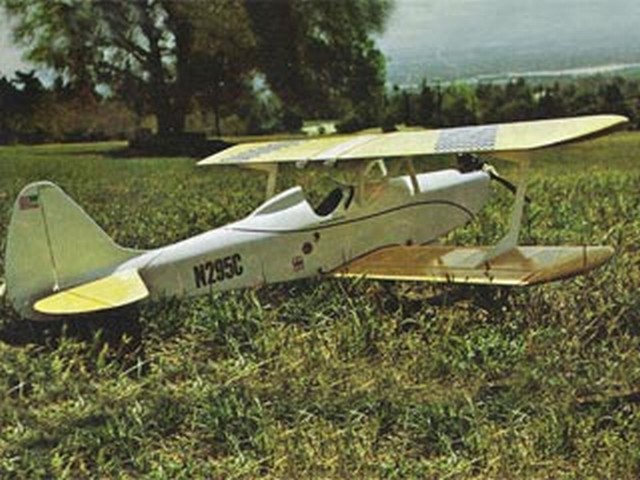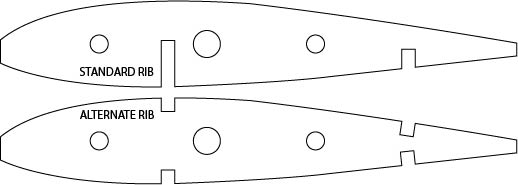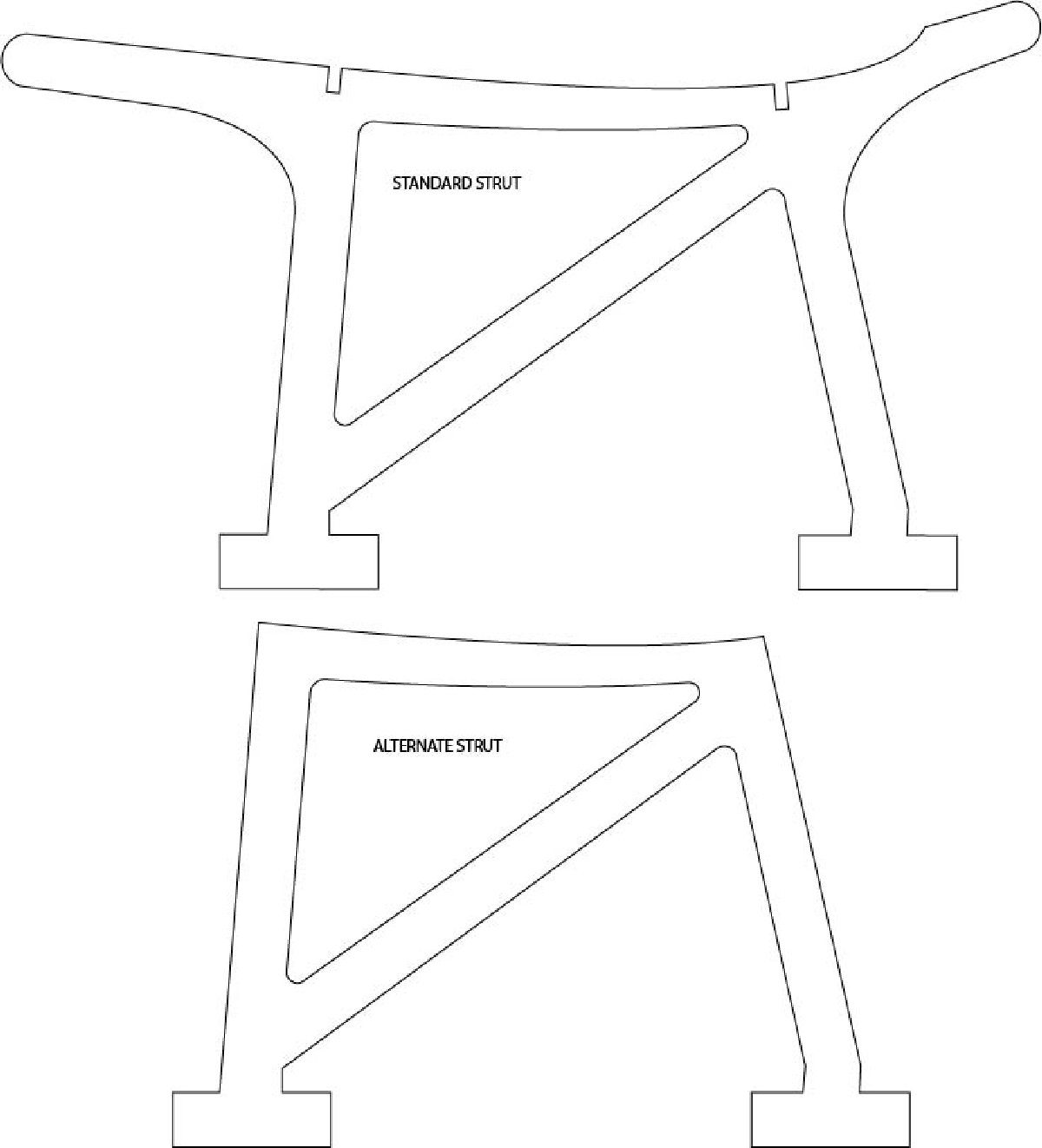$65.00
Description
The Wayfarer short kit comes with two options. You can have ribs as shown on the plan, or you can have ribs with notches for 3/16 x 3/16 hard wood spars as is more common in modern airplanes.
The other option is the cabane struts. You can have them as shown on the plan for use with rubber bands, or you can have them without the rubber band rails. The alternate struts come with a floor made of two layers of 1/8 plywood. Because the wing is semi symmetrical, the floor will need to be filled at the front in back with balsa sheet to match the contour of the bottom of the airfoil.
If you want to attach your wings with rubber bands, choose the standard struts, and drill holes in the fuselage for dowels. If you want bolts, choose the alternate struts. In either case, the kit comes with bolt plates to be installed in the fuselage for bolting the trailing edge of the bottom wing. Also, don’t forget that all 1/4 plywood parts will be laminated from two layers of 1/8. For best results, consider laminating a piece of fine fiberglass cloth or carbon fiber in the middle of your cabane strut sandwiches to increase strength.
When you build the Wayfarer, you need to know that some of the bulkheads as drawn on the plan are inaccurate. F2 is a bit off, and F3 is a mess. I have redrawn the bulkheads to fit correctly in the fuselage. I have also added a bulkhead that I’m calling F3A, to provide support for the top sheeting next to the strut.
Also, I noticed that the scan from Outerzone shows the fuselage 36.37″ long, which is something a smart designer such as Don Dewey normally would not do. Somehow the image got stretched a bit when it was scanned, so I scaled my plan to 98.75% when I drew the kit parts. If you want your plan to match the parts, print it at this scale. If you print it at 100% you can still build a nice plane, but the parts will be a tiny bit smaller than the drawings.
Another note to keep in mind is that I cut the rib notches in the root ribs so the dihedral braces will be attached to the rear of the front spars and the front of the rear spars. The plan shows the braces on the opposite side of the spars. My way allows you to build the wing with leading and trailing edge sheeting before installing the main braces at the spars.
It sounds like a lot to keep track of, but it’s nothing too outrageously difficult. This is a nice plane that everybody should build sooner or later.
Additional information
| wingspan | 52" |
|---|---|
| engine | 40 |







